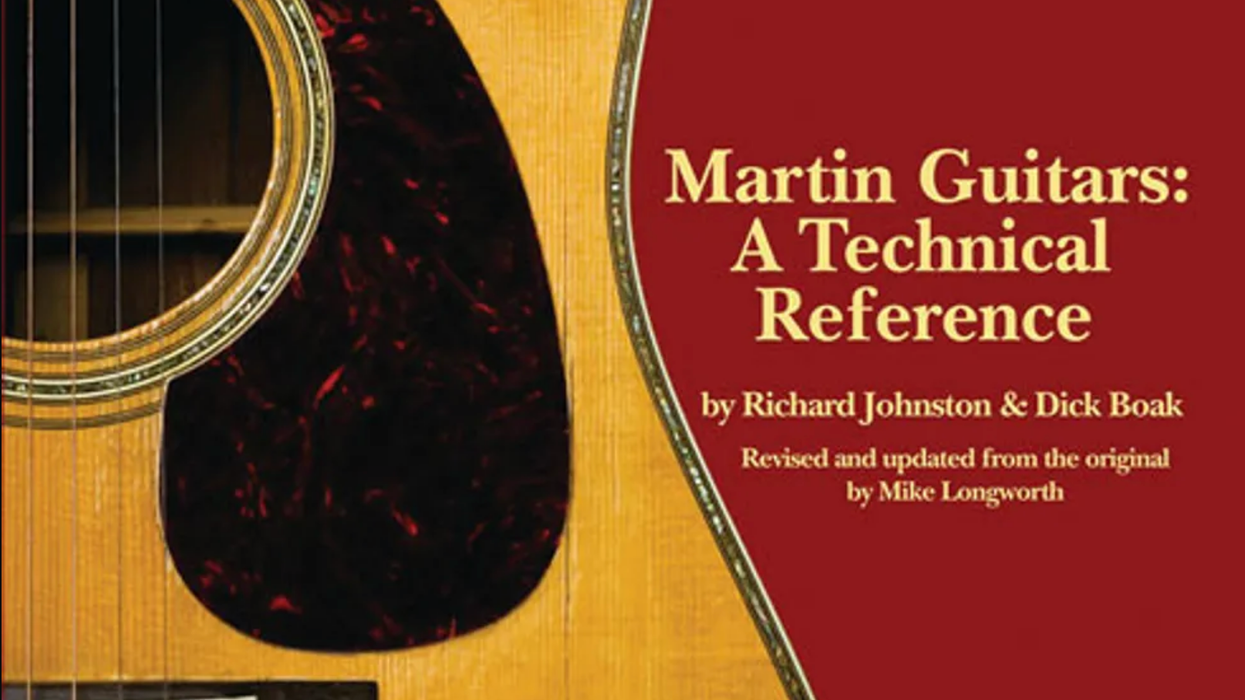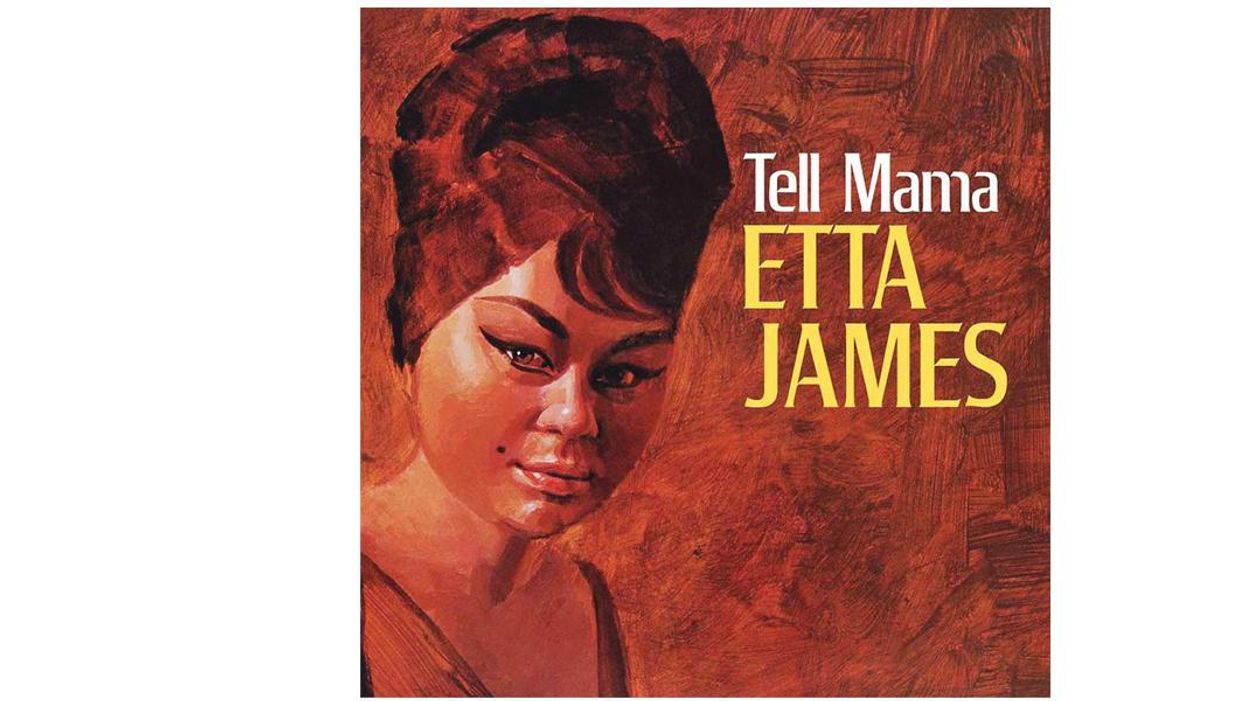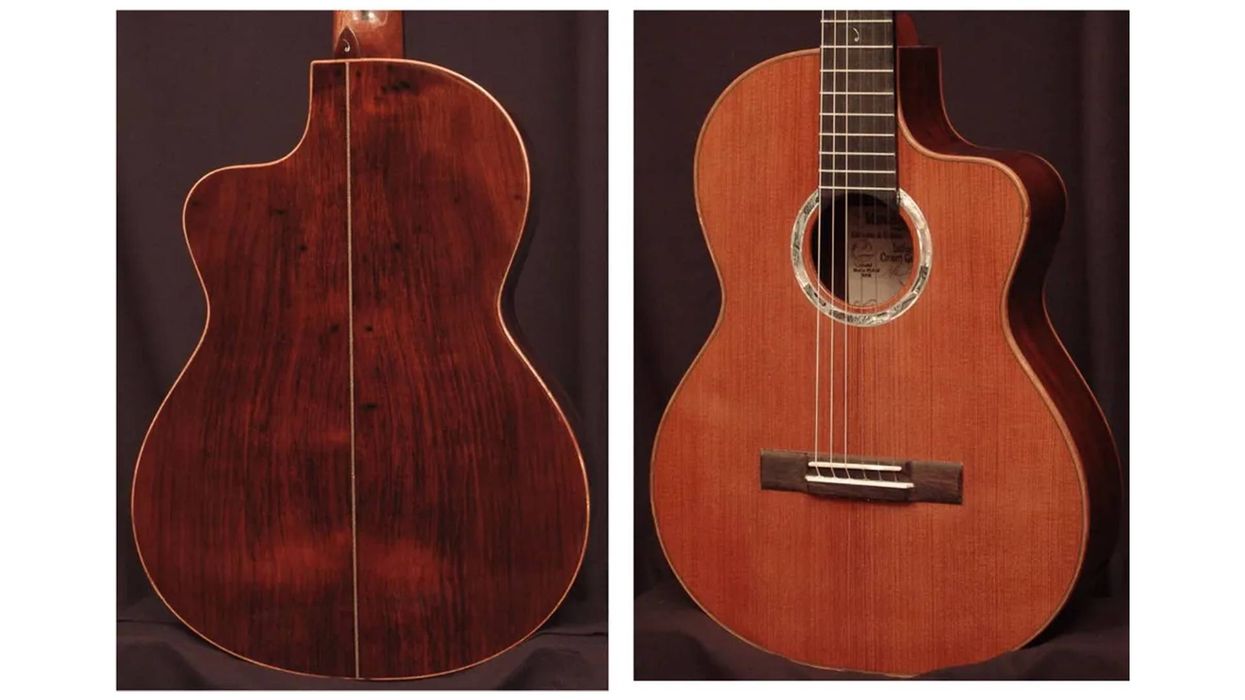While writing appraisals for the estate of a lifelong guitar fan who had amassed an impressive collection in the 1970s and '80s, I was struck by the wide range of guitars this man had gathered under one roof. There were archtops (including a D'Angelico), pre-war Martin and Gibson flattops, early Nationals of both the Spanish- and Hawaiian-neck variety, an 18-string harp guitar, and '50s and '60s electrics of several types and brands. This guy—we'll call him Mr. X—even had a few classical guitars from Madrid, including a heavily worn flamenco model. His work required him to do a lot of traveling and it was obvious Mr. X looked for guitars wherever he went.
This type of guitar collecting used to be common, and books covering the collections of people like Jonathan Kellerman or the late Scott Chinery, for instance, often show men who find almost any well-made musical instrument with strings and frets to be fair game. They are discriminating, but with wide-ranging taste.
However, this type of collecting is now dying out, and those who can afford to buy multiple instruments—even if they do so year after year—are likely to focus on a much more narrow range of guitar types. There have always been guitar fans loyal to only one brand, but even that far-more narrow interest now seems helter-skelter compared to the latest breed of guitar collector.
Enter what I call the “specialists"—guitar collectors with interests so specific that most of the instruments they own would probably appear to be virtually alike to most of us. One man I know had a collection of pre-war Martin dreadnoughts, including at least one D-18 and at least one D-28 from every year in the decade preceding the bombing of Pearl Harbor—until even that selection seemed too broad. As a result, he narrowed his focus further and sold many of them, keeping only those made before mid-1939, when Martin switched from 1 3/4" necks to the more modern 1 11/16" width. Another collector I know admitted that he finds the Stratocaster to be an abomination (and the other Fender models that followed it) and so he buys only Esquires and Telecasters. Even more specifically, he only acquires Leo Fender's original style with the black pickguards from early 1950s.
How do these guys find enough guitars to keep their interest up? That would've been a legitimate question 20 years ago. In today's digital age, however, you can probably find more vintage guitars in a couple of hours using a laptop than you would've been able to find in a year of hounding every vintage-guitar dealer by phone and Learjet. Spending just a few minutes each day checking eBay, Gbase, and Reverb would give a collector with deep pockets a decent start. Add a few dozen bookmarks that navigate you to your favorite vintage-dealer sites, and even the most robust trust fund will soon be feeling the strain.
But it takes more than just hundreds of available instruments to fuel a specialist's desire. It also requires detailed information on the specific, evolutionary changes that have taken place with iconic models such as the Fender Telecaster or Martin D-28. Much of this information has been provided by the flood of guitar books published in the last 25 years, yet most of the nitpicking differences that drive this new breed of collectors' interests are too boring for a vast majority of readers to wade through, making publishers reluctant to devote lots of pages to that kind of material. One interesting example of a solution to this problem was a self-published book on blackguard Teles, with the copies serial numbered in the same manner as guitars themselves. Collectors who relish those early Fender models didn't flinch at paying $100 for lots of photos of very, very similar guitars.
For the most part, however, all this highly specialized information comes from websites and online forums, sources that simply didn't exist a quarter of a century ago. I'm not saying nobody knew about Bumblebee capacitors and tongue-depressor top braces back then, but that kind of info is certainly discussed a lot more widely today than even a decade ago. And all that free online info is the reason. If a budding collector has a question, he can post it on a forum, and answers and theories aplenty will be posted within hours. Of course, the accuracy of these responses is often suspect, but the debate that follows is half the fun and can be a way to keep the mental gears engaged between actual purchases.
Imagine what Mr. X would have done had he fallen in love with guitars in the second decade of the 21st century. With so many guitars available and so little effort required, his bank account would have been drained and his brain fried in just a few months, and the fun would've been over. Chances are good that finding all those guitars was as much or more fun than owning and playing them.
The new breed of specialist collectors are simply reacting to the changing supply versus demand ratio brought about by search engines that can scan hundreds of well-stocked websites in mere seconds. By injecting such highly specific limits to their own personal search, they've kept the game of guitar collecting a challenge
















